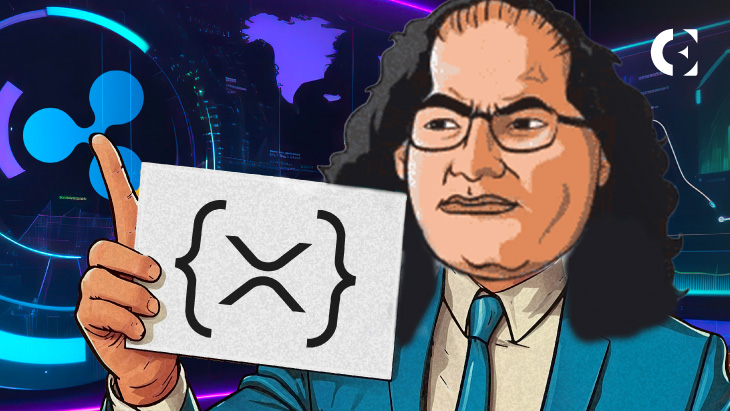- VanEck’s Sigel questions if XRPL developments benefit XRP holders financially.
- Ripple CTO: XRPL is for payments and assets, not passive income for holders.
- Schwartz argues XRPL fees stop spam; XRP value is in the token, not network profits.
Ripple CTO David Schwartz has weighed in on the ongoing controversy by Matthew Sigel, Head of Digital Assets Research at VanEck, who questioned XRP’s utility.
In a tweet, Sigel suggested he still does not understand what the XRP Ledger’s blockchain “actually does,” adding that he nonetheless respects the passion of those who defend it.
His comment drew responses from XRP supporters, many of whom argued that dismissing the XRPL is no longer credible given recent institutional developments.
Community Points to Tokenized Treasuries on XRPL
X user Lon Copper accused Sigel of feigning confusion for engagement. Copper highlighted a major development involving Ondo Finance, Ripple, and BlackRock as backing to the XRPL blockchain relevance.
Indeed, Ondo Finance is tokenizing its OUSG fund, backed by BlackRock’s BUIDL fund, and deploying it directly on the XRP Ledger. The initiative enables institutional investors to mint and redeem tokenized U.S. Treasuries around the clock, using Ripple’s RLUSD stablecoin.
This system boosts liquidity and efficiency by leveraging XRPL’s low-cost, instant settlement architecture.
Related: Ripple Confirms ONDO’s OUSG Fund, Backed by BlackRock’s BUIDL, Is Live on XRP Ledger
“Does it Accrue Value to XRP Holders?”
Meanwhile, Sigel welcomed the explanation but questioned whether any of these developments translates to actual value for XRP holders. He said he had not seen evidence of fee capture, revenue sharing, burns, or any direct economic linkage that benefits the token. He added that he was open to learning and updating his views if shown otherwise.
Ripple CTO Defends the Ledger’s Design Philosophy
Ripple CTO David Schwartz stepped in to clarify what he viewed as a misunderstanding of how the XRPL ecosystem is meant to function. He noted that Sigel originally asked what the blockchain does, and that the community responded with real-world use cases.
Schwartz argued that Sigel’s pushback seemed to shift the conversation toward passive income expectations, which he said runs counter to blockchain’s original ethos. In his view, XRP is not designed to pay holders simply for owning the asset.
Related: Ripple CTO Strikes Back After Analyst Says XRP Has ‘No Real Use’
XRPL Functions Like Bitcoin with Extra Features
When Sigel asked who benefits economically if token holders do not, Schwartz explained that the XRPL is structured as a public good. He stressed that XRP can be used for issuing assets, trading, payments, NFTs, and other on-chain functions, but no one, neither Ripple nor XRP holders, collects a “tax” from network usage.
Schwartz characterized XRPL transaction fees and reserves as anti-spam protections rather than revenue tools. Holding XRP, he said, entitles the holder only to XRP itself, not governance rights or cash flow.
He likened the XRPL to a version of Bitcoin that functions without energy-dependent fees while adding features like a DEX, stablecoins, and NFTs.
In short, while the XRPL enables real-world financial applications, its design prioritizes utility and public-good functions over direct economic rewards for XRP holders.
Disclaimer: The information presented in this article is for informational and educational purposes only. The article does not constitute financial advice or advice of any kind. Coin Edition is not responsible for any losses incurred as a result of the utilization of content, products, or services mentioned. Readers are advised to exercise caution before taking any action related to the company.







